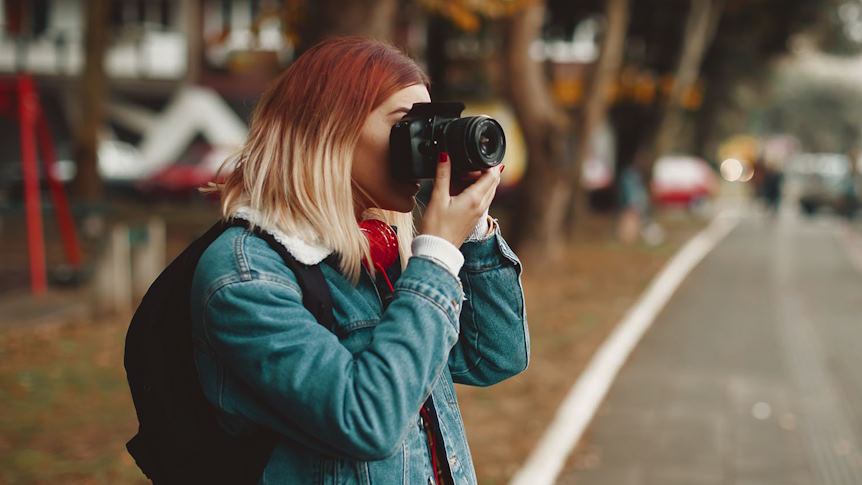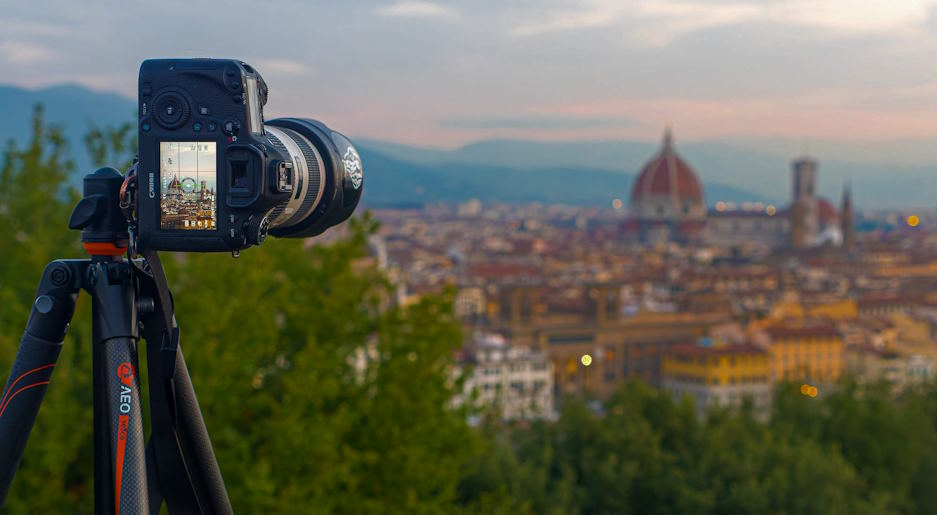The Ultimate Travel Photography Guide: Capturing Memories on the Go
Travel is a remarkable journey that allows us to explore new horizons, immerse ourselves in diverse cultures, and create unforgettable memories. And what better way to capture those precious moments than through the lens of a camera? Travel photography has the power to freeze time, encapsulating the sights, sounds, and emotions of our adventures in vivid images that can be cherished for years to come. Whether you’re an aspiring photographer or simply a travel enthusiast with a passion for preserving the essence of your journeys, this article will provide you with the knowledge and tools to elevate your travel photography skills to new heights. From essential gear and composition tips to understanding lighting, capturing landscapes, and photographing people, embark on this visual journey as we unlock the secrets to creating stunning travel photographs that tell captivating stories.
Essential Gear for Travel Photography
Choosing the right camera and lenses for travel:
When it comes to selecting the ideal camera for your travel adventures, portability and versatility are key. Consider opting for a lightweight mirrorless camera or a compact DSLR that offers excellent image quality without weighing you down. Look for a camera with a decent sensor size and high ISO capabilities to handle various lighting conditions.
In terms of lenses, versatility is again crucial. A versatile zoom lens, such as a 24-70mm or 18-200mm, can cover a wide range of focal lengths, allowing you to capture sweeping landscapes as well as zoom in for detailed shots. If you have specific interests, like wildlife or portraits, consider bringing specialized lenses that cater to those genres.

Must-have accessories: tripod, filters, and extra batteries:
A sturdy tripod is an essential accessory for travel photography. It provides stability for long exposure shots, ensures sharpness in low-light conditions, and allows for precise composition. Look for a lightweight and compact tripod that can fit into your backpack without adding excessive weight.
Filters are another valuable tool in a travel photographer’s arsenal. A polarizing filter helps reduce glare and enhance colors, particularly when photographing landscapes or bodies of water. Additionally, neutral density (ND) filters can be useful for achieving longer exposures and creating motion blur effects.
Don’t forget to pack extra batteries and memory cards. Running out of power or storage space during your travels can be frustrating. Invest in spare batteries and ensure they are fully charged before heading out. Carry multiple high-capacity memory cards to accommodate the vast amount of photos you’ll capture.
Capturing Landscapes and Cityscapes
Showcasing the beauty of natural landscapes:
Natural landscapes offer breathtaking vistas and a sense of serenity that inspire awe and wonder. When photographing landscapes, consider the following tips to capture their true beauty. Firstly, pay attention to composition by using the rule of thirds or leading lines to create a sense of depth and balance. Secondly, choose the right time of day to capture optimal lighting conditions. The golden hour during sunrise or sunset often bathes landscapes in warm, soft light, enhancing colors and textures. Lastly, experiment with different perspectives and angles, such as getting low to the ground or finding a higher vantage point, to add visual interest and a unique viewpoint to your images.
Techniques for photographing city skylines and architecture:
Cityscapes and architectural wonders provide a vibrant canvas for capturing the energy and grandeur of urban environments. To capture compelling images of city skylines and architecture, focus on composition and framing. Utilize leading lines and symmetry to create a sense of structure and balance. Experiment with different angles and perspectives, such as shooting from a low angle to emphasize height or capturing reflections in glass buildings for added visual intrigue. Additionally, pay attention to the quality of light. During twilight or blue hour, the soft, diffused light can create a captivating ambiance and bring out the details of buildings and cityscapes.

Telling Stories through Travel Photography
Creating visual narratives with a series of photographs:
Travel photography has the incredible ability to transport viewers to distant lands and immerse them in captivating stories. One powerful way to convey a narrative is by creating a series of photographs that collectively tell a story. Consider the beginning, middle, and end of your narrative, and capture images that represent different aspects of your journey. Include wide shots to establish the setting, intimate portraits to showcase the people you encounter, and detail shots to highlight cultural elements. Each photograph should complement the others, creating a cohesive visual narrative that invites viewers to experience your travel adventures.
Incorporating storytelling elements in your compositions:
Effective storytelling in travel photography goes beyond just capturing beautiful images. It involves incorporating storytelling elements into your compositions to evoke emotions and convey a sense of place. Look for opportunities to include elements that reveal the culture, traditions, or unique characteristics of a location. This can be done through street signs, local food, traditional clothing, or even by focusing on the hands and facial expressions of the people you encounter. Pay attention to the relationships between different elements within your frame, and use them to convey a narrative or create a sense of connection.
Elements of Visual Storytelling in Travel Photography
| Elements | Description |
| Wide Shots | Establish the setting and capture the overall scene |
| Intimate Portraits | Showcase the people and their emotions |
| Detail Shots | Highlight cultural elements and unique characteristics |
| Composition | Incorporate storytelling elements and create connections |
| Editing | Enhance images to evoke emotions and reflect experiences |
| Organization | Organize photos into collections or albums for easy access |

